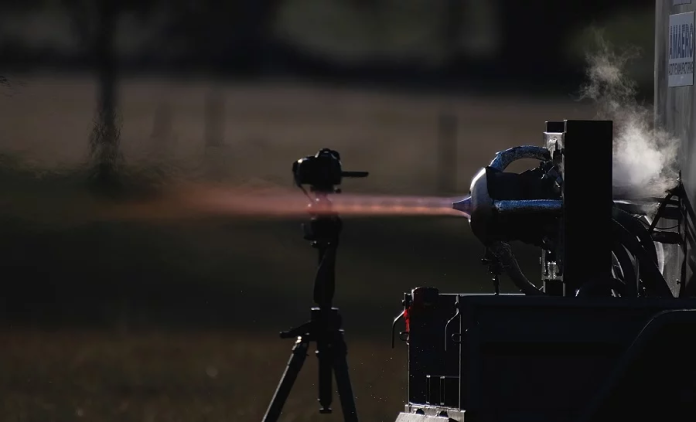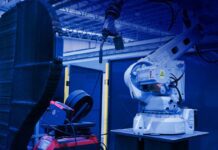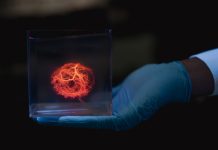
A team of Monash engineering researchers have successfully designed and 3D printed a new rocket engine from scratch, just two years after printing the world’s first jet engine based on an existing engine design.
The rocket engine was designed and test-fired in collaboration with Monash spin-out company Amaero in just four months, illustrating the potential of additive manufacturing for Australian industry.
Marten Jurg, an engineer with Amaero, said the move has led to the creation of a new venture, called NextAero, whose objective was to take their concepts to the global aerospace industry, starting with the International Astronautical Congress in Adelaide 25-29 September.
“Traditional bell-shaped rockets, as seen on the Space Shuttle, work at peak efficiency at ground level. As they climb the flame spreads out reducing thrust. The aerospike design maintains its efficiency but is very hard to build using traditional technology,” Mr Jurg explained.
“Using additive manufacturing we can create complex designs, print them, test them, tweak them, and reprint them in days instead of months.”
NextAero project leader Graham Bell said access to Amaero’s additive manufacturing expertise enabled the new venture to play to their strengths.
“We were able to focus on the features that boost the engine’s performance, including the nozzle geometry and the embedded cooling network,” Mr Bell noted.
“These are normally balanced against the need to consider how on earth someone is going to manufacture such a complex piece of equipment. Not so with additive manufacturing.”
Professor Nick Birbilis, head of the Material Science and Engineering Department at Monash, said he was amazed at what the team was able to achieve in just four months.
“Going from concept to testing in just four months is an amazing achievement,” the Professor said.
“It illustrates what’s possible for research and industry. Through our spin-out company, Amaero, Australian companies can design, print, and test metal components for everything from aerospace to surgical instruments, hose fittings to air conditioning parts.”
The development of the aerospike rocket was supported by Monash University, Amaero Engineering, and Woodside Energy through the Woodside Innovation Centre at Monash.




















